This scene is a section in the library of my university. It was chosen because the subjects (i.e., books) are virtually on a flat surface and full of little features. The aperture and shutter speed were set to f/5.6 (the middle one) and 1/8 sec, respectively. This setting would produce slightly underexposed images to make sure features on white surfaces can be preserved for comparison. Unfortunately, the noise reduction option can only be set to low rather than turned off, and it is not known what the impact of NR on image sharpness is. Additionally, all shooting parameters are set to the lowest: SATURATION, CONTRAST and SHARPNESS being LOW, and ISO 80. White balance was set with a grey card and the camera-subject distance was about 2 meters to simulate a very short shooting distance.
Converter lenses used are divided into two groups. The first is the 0.8X group which includes Minolta ACW-100, Nikon WC-E80, Nikon WM-E80 and Olympus WCON-08B, and the second is the 0.7X group which has Olympus WCON-07, Panasonic LW55, Raynox HD6600pro-55 and Sony VCL DH0758. The Nikon WM-E80, which is not discussed in my FZ-30 user guide, is a single element, very light design for Nikon Coolpix 8800. It does not have a usable thread for the FZ-30, and, hence, it is hung over the FZ-30 lens. The WCON-07 uses a 55-62 step-up ring and a 62-55 thread converter to remove the center blur spot as described on this page.
The following shows the scene at 0.8X (by Minolta ACW-100) and 0.7X (by Panasonic LW55). This comparison will only look at the center and lower-left corner marked by yellow rectangles.
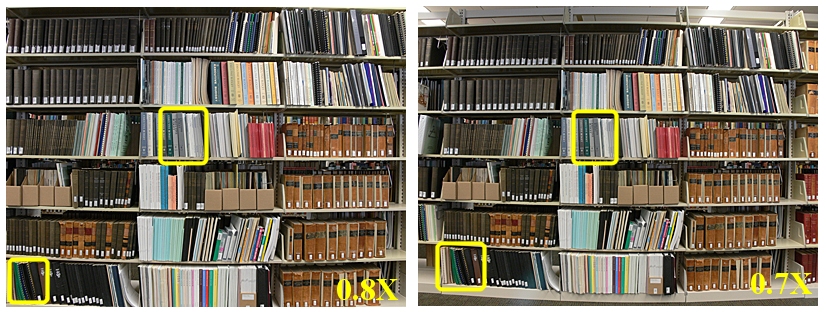
The following has the four 400×400 center crops from the 0.8X group. They are very similar to each other with the WCON-08B slightly ahead of the Nikon WM-E80 and Minolta ACW-100. Surprisingly enough, the once well-known Nikon WC-E80 does not produce an image as crisp as the other three. Similar to TC-E15ED, WC-E80 has a deeply recessed rear element. Whether this is an important and influential factor is not known.
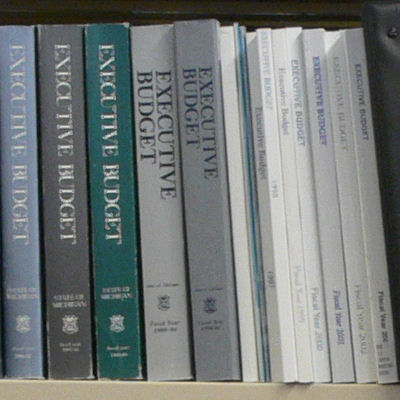
|
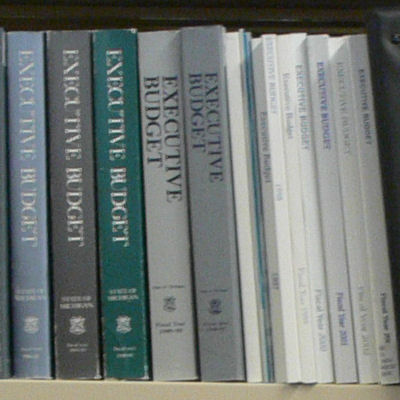
|
| Minolta ACW-100 0.8X | Nikon WC-E80 0.8X |
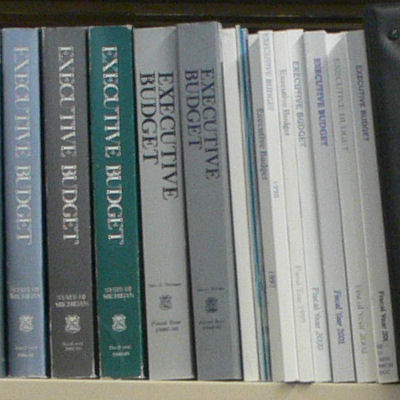
|
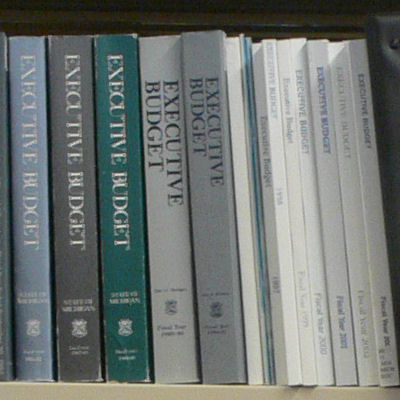
|
| Nikon WM-E80 0.8X | Olympus WCON-08B 0.8X |
The following shows the four 400×400 lower-left crops. It is clear that the Minolta ACW-100 and WCON-08B take the lead. The ACW-100 appears to be slightly better; however, it does produce a very slight touch of purple fringing. Blow up the crop to some degree and the purple fringes can be seen along the lower left corners of high contrast areas. The Nikon WM-E80 seems slightly better than the Nikon WC-E80, and the former has some greenish fringes while the latter has some purple fringes. These fringes are so thin that may not appear in prints unless the print size is unusually large.
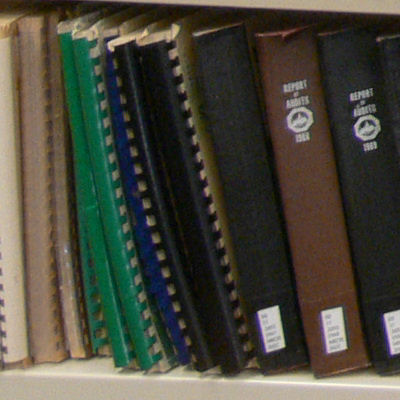
|
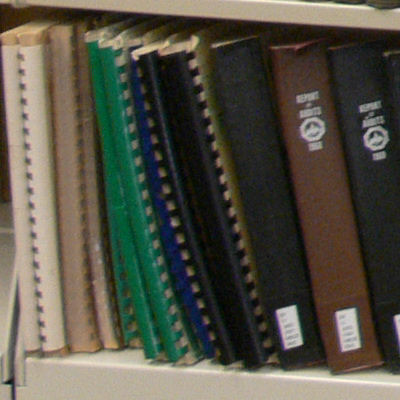
|
| Minolta ACW-100 0.8X | Nikon WC-E80 0.8X |
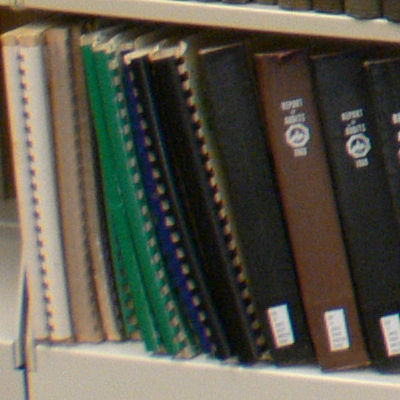
|
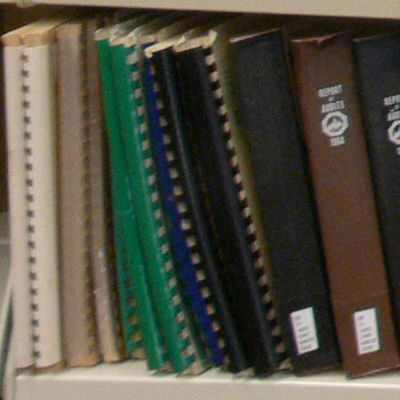
|
| Nikon WM-E80 0.8X | Olympus WCON-08B 0.8X |
The following shows the four 400×400 center crops of the four 0.7X wide angle lenses. None of them is as good as the 0.8X lenses. The Raynox HD6600pro-55 seems to have lower contrast than the other three, and, as a result, sharpness is also lower. Of the other three, the Panasonic LW55 and Olympus WCON-07 are equally good, and both are very slightly better than the Sony DH0758.
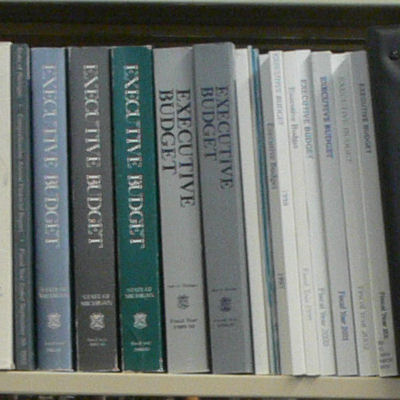
|
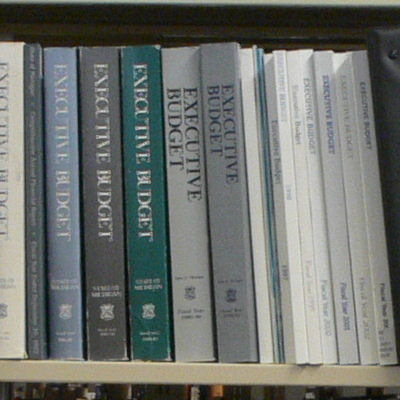
|
| Olympus WCON-07 0.7X | Panasonic LW55 0.7X |
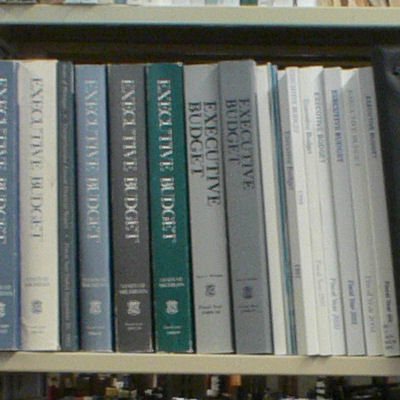
|
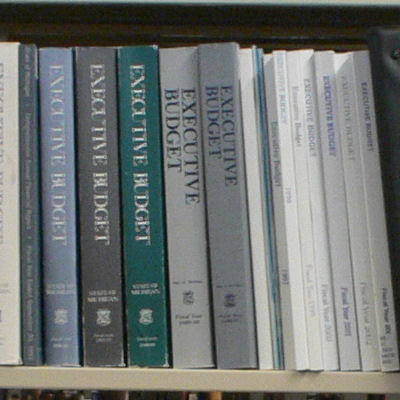
|
| Raynox HD6600pro-55 0.66X | Sony VCL DH0758 0.7X |
The following is the lower-left portion. Clearly, the Panasonic LW55 is better than the other three. It does not show chromatic aberration even at 150% enlarged size. The Olympus WCON-07 is also sharp, in fact, maybe as good as the Panasonic LW55; however, some purple fringes can be seen along the left edges of bright areas. The Sony VCL DH0758 is not as sharp and has clear greenish fringes. The Raynox HD6600pro-55 is soft off-center and is worse than that of the Sony DH0758. This softness also amplifies its greenish fringes.
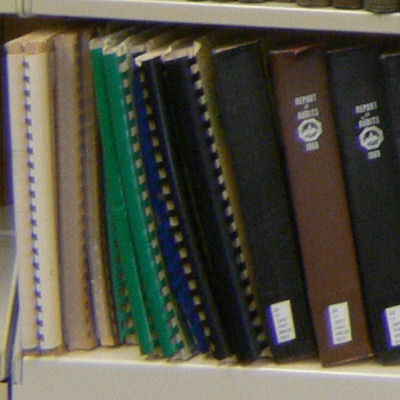
|
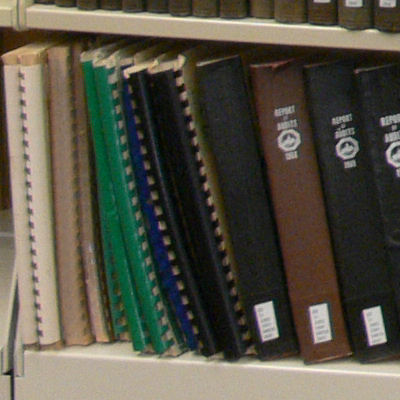
|
| Olympus WCON-07 0.7X | Panasonic LW55 0.7X |
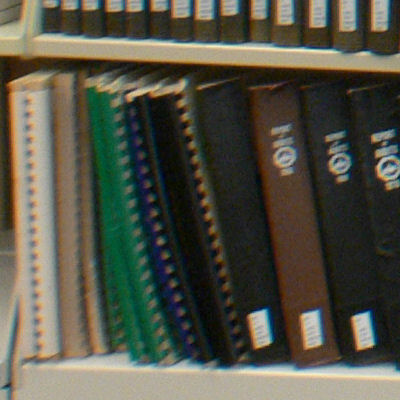
|
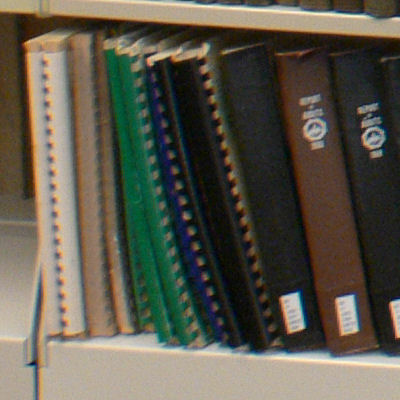
|
| Raynox HD6600pro-55 0.66X | Sony VCL DH0758 0.7X |
The following images show barrel distortion of the four 0.8X lenses (Minolta ACW-100, Nikon WC-E80, Nikon WM-E80 and Olympus WCON-08B). It is clear that the WCON-08B is slightly better than the Minolta ACW-100, and both are better than the two Nikon's. Of the two Nikon's, the WC-E80 is better than the WM-E80.
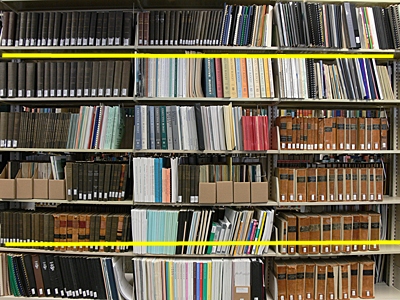
|
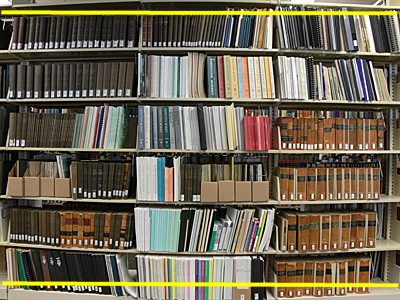
|
| Minolta ACW-100 0.8X | Nikon WC-E80 0.8X |
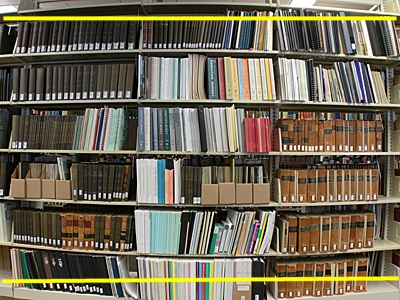
|
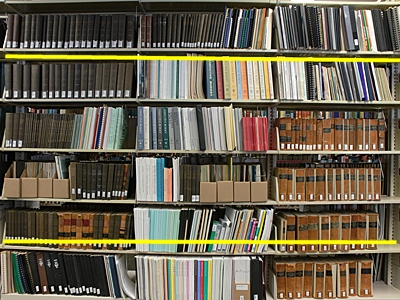
|
| Nikon WM-E80 0.8X | Olympus WCON-08B 0.8X |
The following shows the 0.7X group (Olympus WCON-07, Panasonic LW55, Raynox HD6600pro-55, and Sony VCL DH0758). In this group, the Raynox is the winner. This is followed by the Olympus WCON-07 with the Panasonic LW55 very slightly behind. The Sony does not look good here.
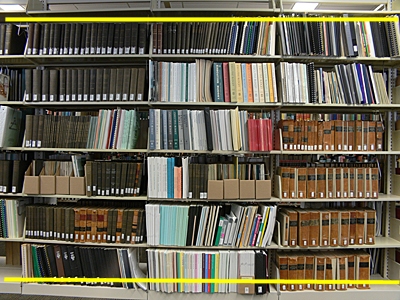
|
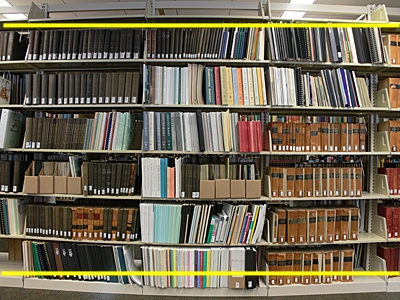
|
| Olympus WCON-07 0.7X | Panasonic LW55 0.7X |
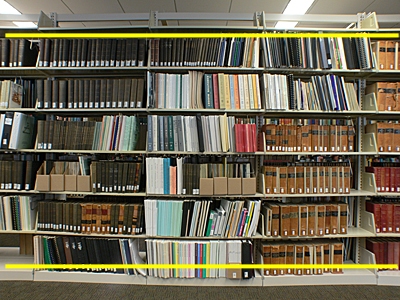
|
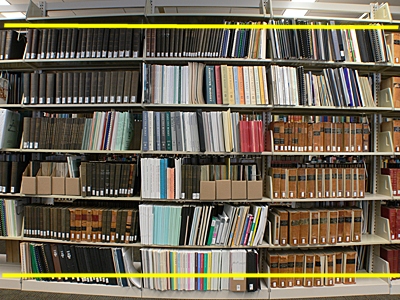
|
| Raynox HD6600pro-55 0.66X | Sony VCL DH0758 0.7X |
The following shows 100% crops of the upper left corner of the 0.8X group. The focus is the high contrast area between the bookend and background. In fact, contrast is not very high; however, the reflection makes the situation bad. Of these four, only the WCON-08B did not show fringing, and the Minolta ACW-100 is just slightly behind. Both Nikons show purple and greenish fringes with the WM-E80 worse than the WC-E80. Note also that the Minolta ACW-100 is sharper than the WCON-08B! In fact, both the Minolta ACW-100 0.8X and ACT-100 1.5X perform respectfully at corners.
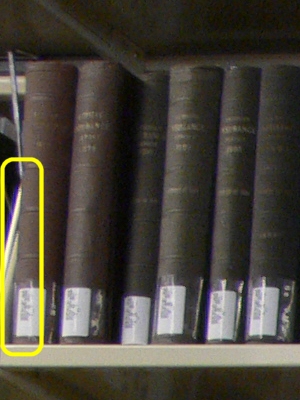
|
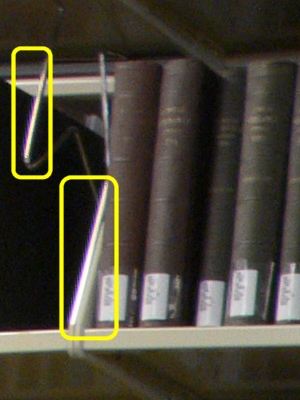
|
| Minolta ACW-100 0.8X | Nikon WC-E80 0.8X |
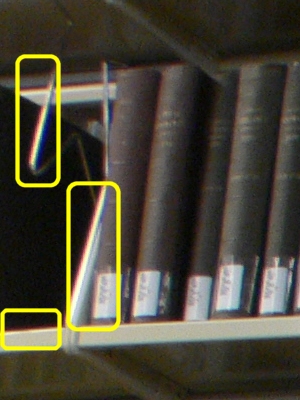
|
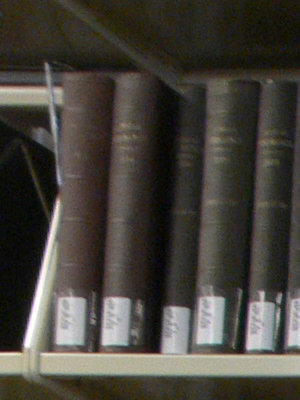
|
| Nikon WM-E80 0.8X | Olympus WCON-08B 0.8X |
The following shows the upper-right corner of the 0.7X lenses. The image by Panasonic LW55 is very clean. The WCON-07 is the worst with strong purple fringes between high contrast areas. Although the Sony and Raynox both show some purple and greenish fringes, in my opinion, the Sony is slightly better.
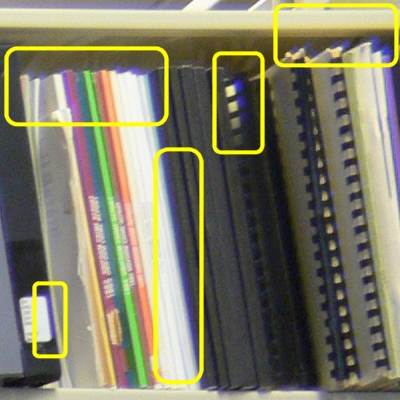
|
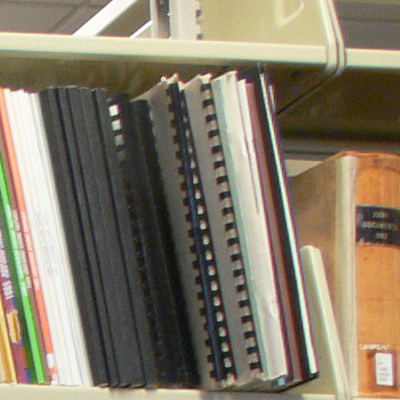
|
| Olympus WCON-07 0.7X | Panasonic LW55 0.7X |
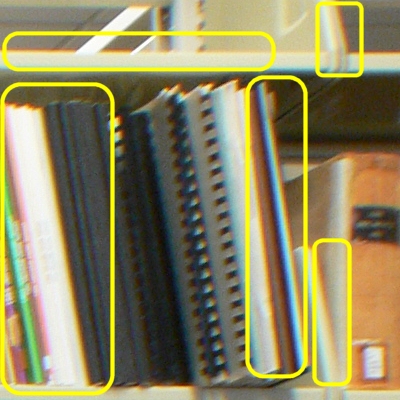
|
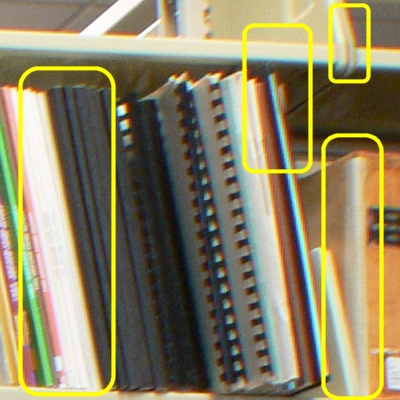
|
| Raynox HD6600pro-55 0.66X | Sony VCL DH0758 0.7X |
In this indoor short distance comparison, I believe the Panasonic LW55 is the winner of the four 0.7X lenses, and the Olympus WCON-08B and Minolta ACW-100 are the best two of the 0.8X group. The ACW-100 does show some very slight chromatic aberration although not very significant; however, its off-center sharpness is the best.
One should not use one set of images to judge the quality of a lens. This is the major reason that multiple scenes are used. The above scene works for lower contrast and short distance shooting. Other scenes will be added for other purposes (e.g., higher contrast, long shooting distance, moderate shooting distance, etc).